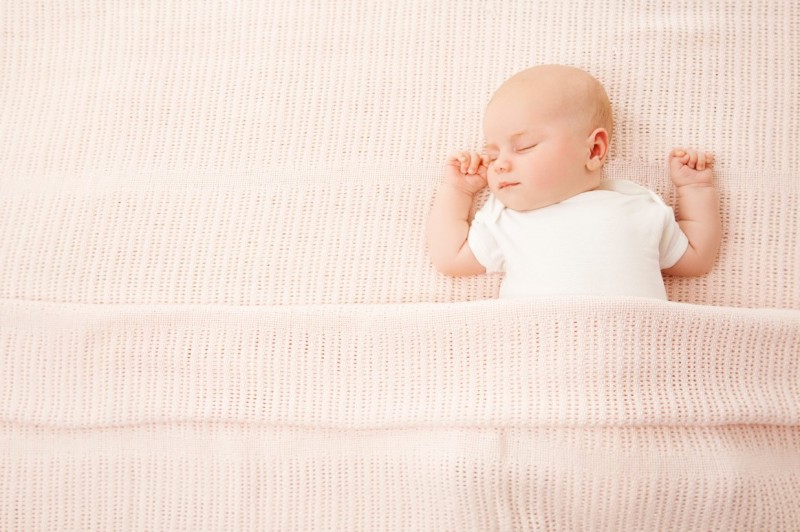In response to recent report of an infant death in Perth as a result of co-sleeping accident, Red Nose wishes to remind parents and caregivers of the appropriate risk minimisation strategies to reduce the risks associated with co-sleeping or sharing a sleep surface with baby.

Red Nose recommends that the safest place for baby is their own safe sleep environment (ie. cot) for the first 6 to 12 months in their parents / adult caregivers’ bedroom.
Although we recognise that shared sleeping with baby is a common and valued infant care practice for many families, it may increase the risk of sudden and unexpected death in infancy (SUDI) in some circumstances.
Some of the reasons that parents choose to co-sleep/share a sleep surface with baby include: ease of settling, to facilitate breastfeeding, and social circumstances.
Our goal is to keep all babies safe by empowering parents/caregivers to make informed choices based on the best available evidence.
Red Nose Co-sleep Risk Minimisation Strategies
If you choose to co-sleep or share a sleep surface with baby, we recommend that you:
- Place baby on their back to sleep (NEVER on the tummy or side).
- Make sure the mattress is firm and clean.
- Make sure baby is not wrapped or swaddled, as this restricts arm and leg movement. As an alternative to bedding, an infant sleeping bag can be used so baby does not overheat or suffocate in the adult bedding. A safe infant sleeping bag is one with a fitted neck and armholes.
- Make sure bedding cannot and does not cover baby’s face.
- Use only lightweight blankets. Keep pillows, doonas, lambswool and any other soft items well away from baby.
- Place baby to the side of one parent - not in between two parents, as this increases the likelihood of baby being covered or slipping underneath adult bedding – this in turn increases the risk of overheating and suffocation.
- Ensure baby is not close to the edge of the bed where they can fall off. Do not place pillows at the side of the baby to prevent rolling off. A safer alternative is to place the adult mattress on the floor.
- Avoid pushing the bed up against the wall as baby can get trapped between the bed and the wall.
- Tie up your hair to prevent baby from becoming entangled or suffocated.
When is co-sleeping absolutely not recommended?
Even though Red Nose does not recommend co-sleeping, we understand that many parents choose to do it.
When deciding whether co-sleeping is the right decision for you and your baby, it is vitally important to consider the factors that make baby even more vulnerable to risks of sudden and unexpected death (SUDI).
These include:
- Prematurity
- Small for gestation age
- Illness or infection
- Congenital abnormality
In these circumstances, baby is more vulnerable to SUDI, particularly in the first six months.
Every family is unique, and every baby is unique – so you need to make the decision that is right for you and your family. There is no parenting rule book, just facts and Red Nose is here to support you and your parenting journey.
Definitions
Bed-sharing: Refers to bringing a baby onto a sleep surface when co-sleeping is possible whether it’s intended or not.
Co-sleeping: A parent or both parents being asleep on the same sleep surface as the baby.
Sharing the same sleep surface: Includes the practice of bed-sharing and co-sleeping on the same sleep surface.
Red Nose provides information and advice for parents on how to safety sleep baby in different environments. Sign up to our newsletter today to learn more.
**If the recent reporting of this tragic event has brought up any issues for you, then Red Nose Grief and Loss Support is here for you 24/7. Call 1300 308 307.
